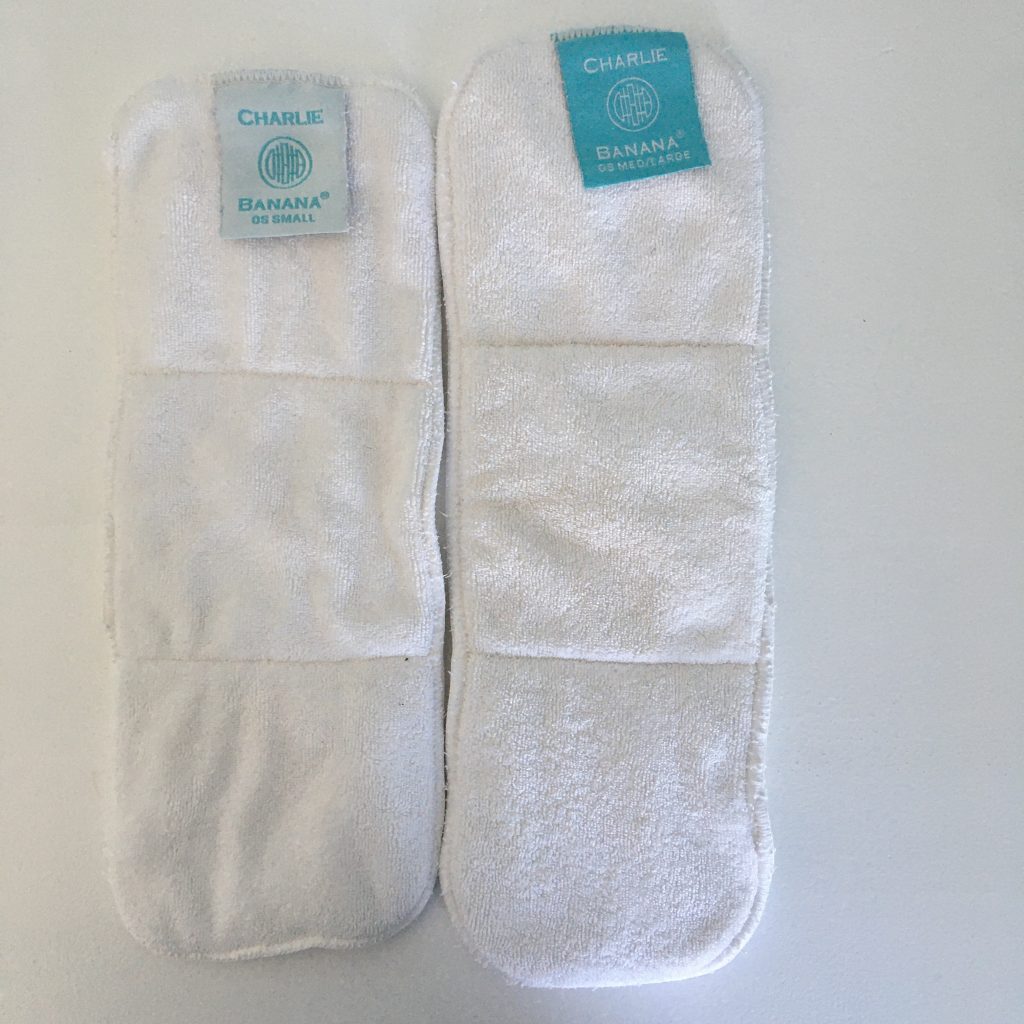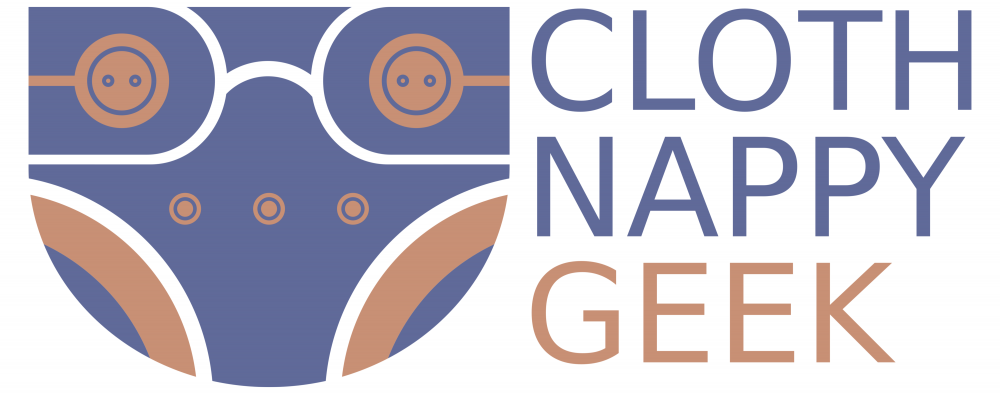Ah microfibre, the one everyone loves to hate. Here’s the low down:
There’s a couple of different microfibre weaves, with the most common looking like this. It has a linear appearance with a short raised fibre. You may have some microfibre cleaning cloths with a similar texture. This type of microfibre is called split weave.



🟢 It’s cheap to produce, resulting in more affordable nappies.
🟢 Dries very quickly, even something like a fitted nappy or AIO can be pretty fast drying with microfibre.
🟢 Absorbs quickly, and holds up to 7 times its own weight.
🟢 No need to prep new nappies, just one wash to remove manufacturing residues and you can get using them at their full capacity.
🔴 Microfibre is entirely synthetic, created from fossil fuels. It requires water, energy and chemicals to produce. It will not biodegrade after use.
🔴 Used alone then compression leaks can be common. This can be easily overcome by adding a natural fibre booster. See below.
🔴 Bulky for the absorbency offered.
🔴 Sheds micro plastics during washing. This pollutes watercourses and the air if tumble drying. It also means that with each wash you’re reducing the absorbency offered as the fibres wash away (at a greater rate than a natural fibre).
Compression leaks
I think this is where most people fall out of love with microfibre. They use it alone, get leaks, and feel tricked.
Microfibre is like a sponge. It soaks up liquid readily. But under pressure it squeezes back out.
This is why the vast majority of people need to boost. A natural fibre booster will absorb any liquid the microfibre releases. It’s a simple step but one that is transformational if you’ve been struggling with compression leaks.
Micro-plastics from washing
There’s no denying that washing microfibre releases micro-plastics into the waste water. But this is true of ALL synthetic fibres. That acrylic jumper, those poly cotton bed sheets, sports kits, stay-dry layers, PUL etc., etc..
Of course a nappy is washed heavily over its lifespan. Arguably more than anything else as it’s washed after every wear, whereas a jumper might be worn a couple of times. But it doesn’t release the same amount of micro-plastics during each wash cycle.
Microfibre, all synthetic fabrics, will release more micro-plastics during their first few washes. After than the volume decreases. This is another reason why fast fashion is so bad environmentally, because those clothes, often made from synthetic fibres, may only be washed a handful of times before they are discarded for something new.
There isn’t much you can do about micro-plastics. Even your car tyres release them. Choose natural materials where you can, but buying secondhand and using what you have will have a greater benefit overall.
As for nappies, avoiding synthetic materials/plastic is extremely difficult. It can be done; wool, tie or flat nappies, silk liners, but it isn’t common.
So if you have microfibre and get on with it, then use it! Using what you have, what already exists, is the best option environmentally.
Can you place it against your baby’s skin?
Yes and no. Basically it depends on the weave. Most microfibre is split weave, that’s what I’ve shown in the photos above. It has a linear appearance and will feel like it pulls the skin on your hands a little. This cannot be placed against your baby’s skin as it will pull the natural moisture from their skin and make the area very sore. The microfibre fibres are also little hooks meaning they will scratch the skin’s surface which is why it feels a bit funny on your hands. Either stuff microfibre in a pocket, or place something else (either another booster or a liner) between the microfibre and your baby.
However, you may have seen some fitted nappies made entirely from microfibre and wonder if they are safe. These nappies tend to be fluffy (plush) microfibre. The fibres (pile) are much longer and aren’t hooks so don’t pull on the skin. These fibres are soft, and remain soft, even in hard water. You may want to add a liner still as the nappy will feel damp once your baby wets it, but it isn’t necessary from a protection from the microfibre perspective.
If in doubt then don’t place against your baby’s skin.
